Yesterday afternoon I located 4 TUNDRA SWANS in a field on Celery Avenue in New Hampton. They were far and away the highlight of the weekend. I spotted the birds as I was driving, and I was immediately excited, as I was sure they had to be either Tundra or Trumpeter Swans. When I got the birds in the scope, I could see a yellow spot at the base of the bill on both birds, indicative of Tundra. The birds appeared to be a family unit, with 2 adults and 2 younger birds. While I was looking at the swans, I heard a distant, familiar call. I looked straight up and 3 Sandhill Cranes were flying high overhead; they flew northeast until they were out of sight.
This afternoon the birds were still in the area, but had moved to the fields on Onion Avenue. I’m assuming it was the same group of birds; they were quite distant, so I wasn’t really able to make out the field marks as well as I would have liked, but with 2 adults and 2 young birds about a 1/4 mile away from where I had them the day before, I think this is a safe assumption.
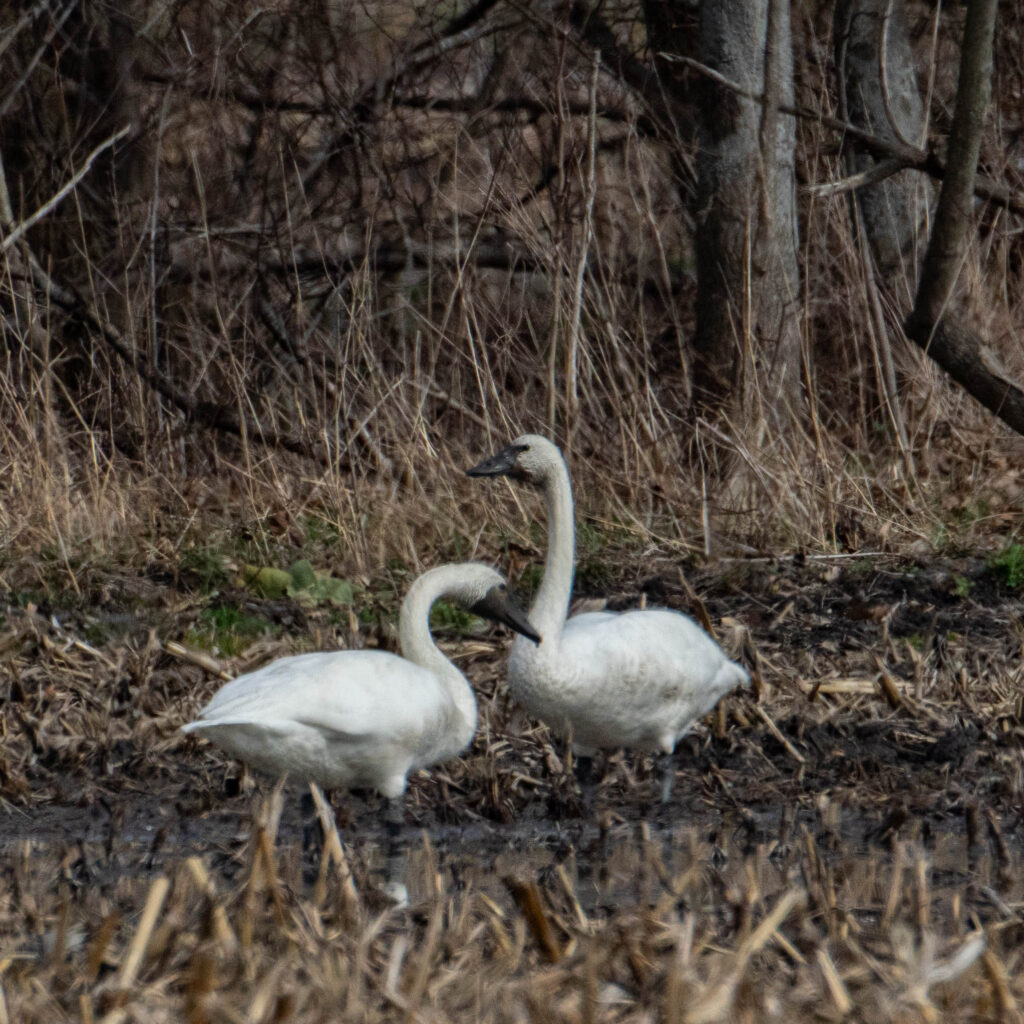
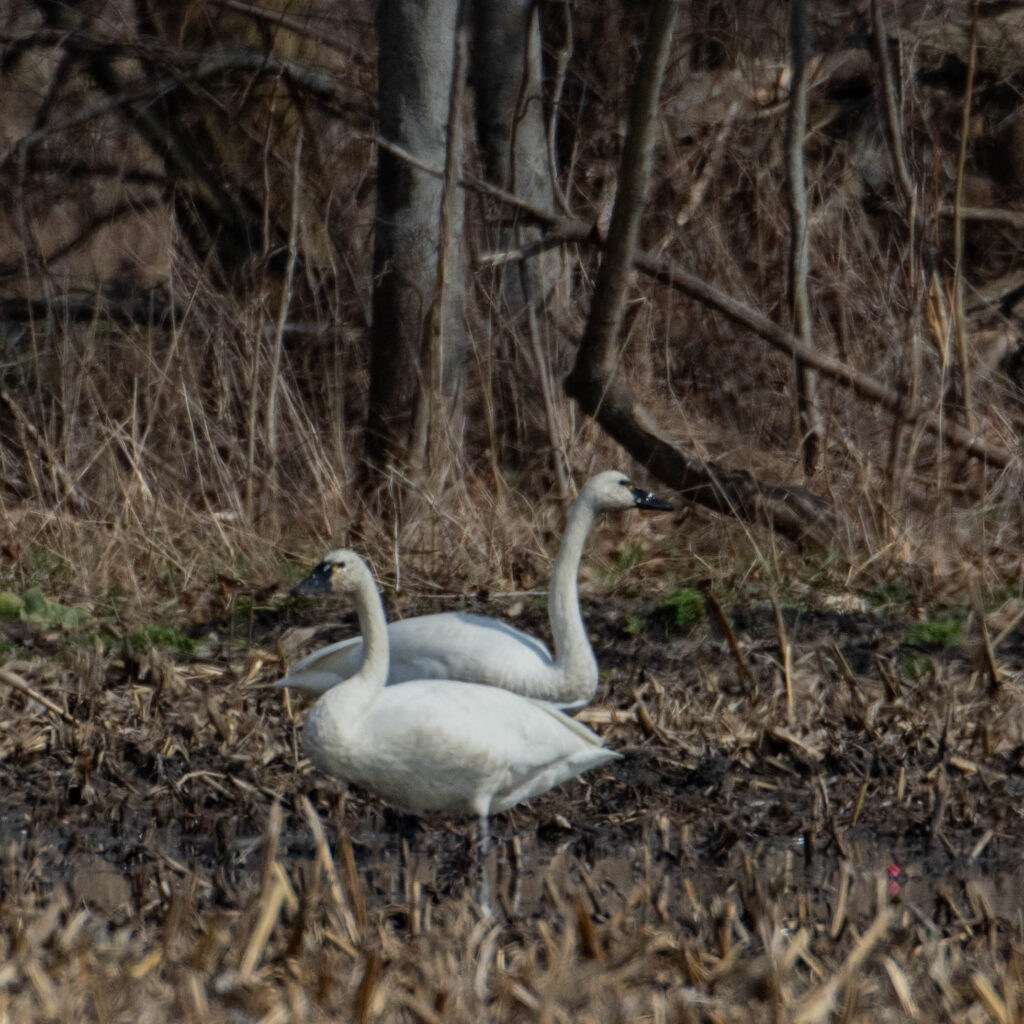
The rest of my birding weekend was relatively unremarkable. I hit many of my usual spots – the black dirt, Wickham Lake, Greenwood Lake (totally fogged in), the Liberty Loop, Reservoir 3 in Port Jervis, and some places here and there in between. I was curious as to which birds and how many I’d observed over the weekend – I had a total of 65 species, and I’ve included a complete list at the bottom of this post.
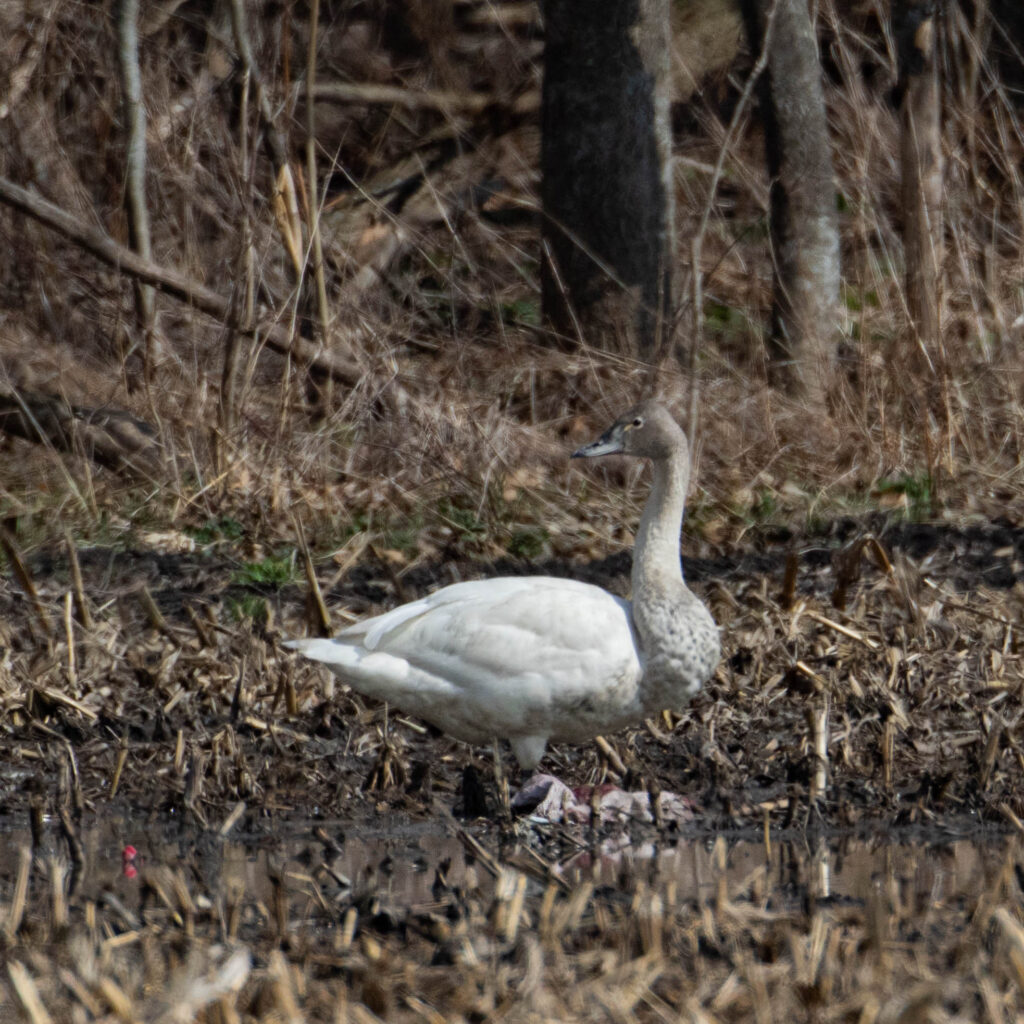
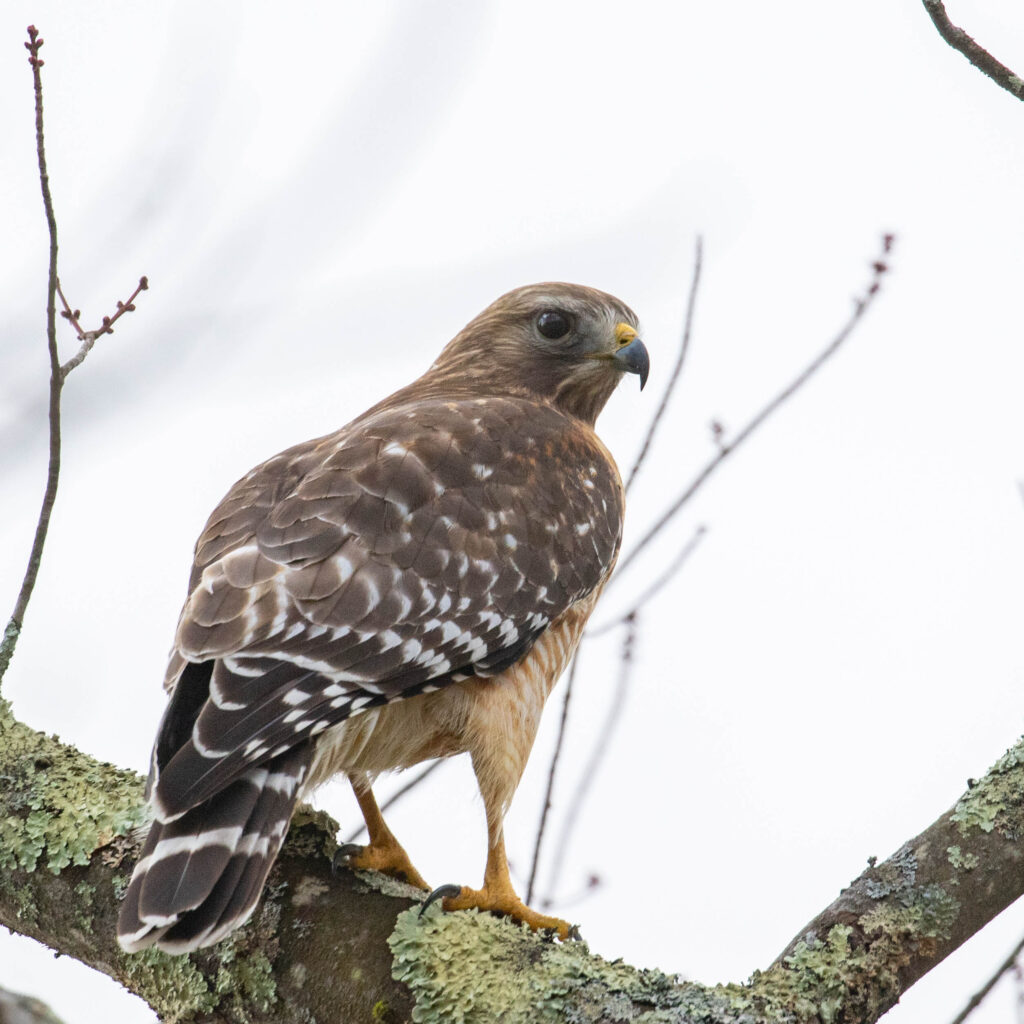
Yard Birds 2022: (33) Species. This week I added Eastern Phoebe, Eastern Bluebird, and Great Blue Heron.
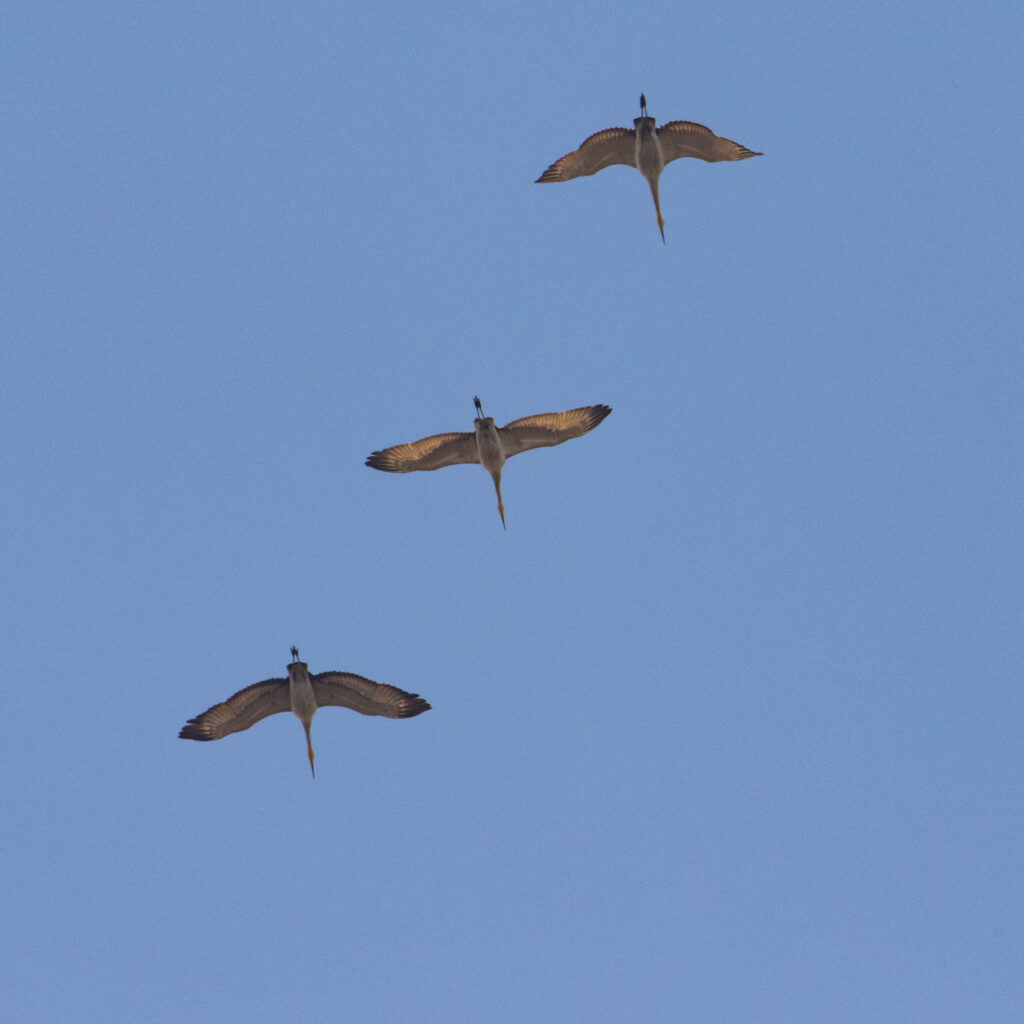

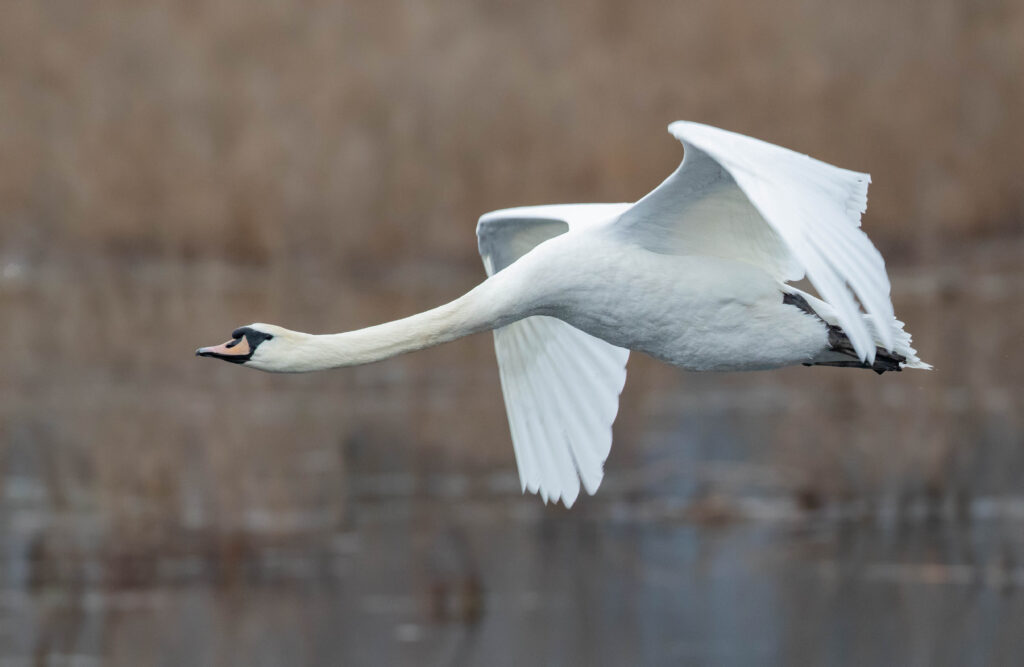
WEEKEND BIRDS, 03/18/22 – 03/20/22
- Snow Goose
- Canada Goose
- Mute Swan
- Tundra Swan
- Wood Duck
- Northern Shoveler
- Gadwall
- American Wigeon
- Mallard
- Am. Black Duck
- Northern Pintail
- Green-winged Teal
- Ring-necked Duck
- Common Merganser
- Wild Turkey
- Pied-billed Grebe
- Rock Pigeon
- Mourning Dove
- Killdeer
- Ring-billed Gull
- Herring Gull
- Great Black-backed Gull
- Great Blue Heron
- Black Vulture
- Turkey Vulture
- Northern Harrier
- Sharp-shinned Hawk
- Cooper’s Hawk
- Bald Eagle
- Red-shouldered Hawk
- Red-tailed Hawk
- Red-bellied Woodpecker
- Hairy Woodpecker
- Northern Flicker
- Pileated Woodpecker
- American Kestrel
- Merlin
- Eastern Phoebe
- Blue Jay
- Am. Crow
- Fish Crow
- Common Raven
- Horned Lark
- Black-capped Chickadee
- Tufted Titmouse
- White-breasted Nuthatch
- Brown Creeper
- Carolina Wren
- Eastern Bluebird
- Hermit Thrush
- Am. Robin
- Northern Mockingbird
- European Starling
- House Sparrow
- House Finch
- Am. Goldfinch
- Am. Tree Sparrow
- Field Sparrow
- Dark-eyed Junco
- Savannah Sparrow
- Song Sparrow
- Red-winged Blackbird
- Brown-headed Cowbird
- Common Grackle
- Northern Cardinal

What magnificent shots with good documentation! The mute swan is beautiful. Mute swans supposedly like the sound of human voice. Sandhill cranes make such nice flight formation (but they are noisy; I listened to sound recordings). I looked it up when I saw your shot.
Thanks so much, Norma. Considering their name, I’m always a little surprised when Mute Swans vocalize at all. And yes, the cranes are noisy and very distinctive – which is a good thing or I would have likely missed them. Thanks for checking in, stay well. Matt